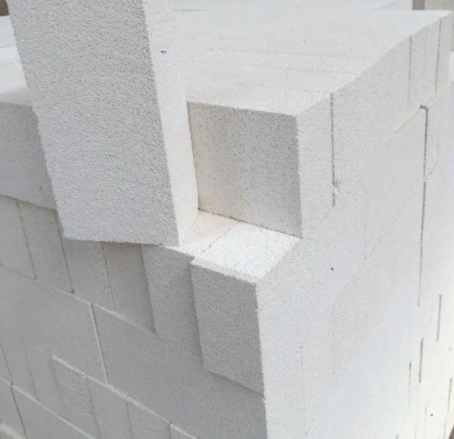Insulation brick have better thermal insulation performance
May 11, 2022
Lightweight thermal insulation brick, also known as thermal insulation, is a type of refractory brick often used in the refractory industry and has the characteristics of good thermal insulation performance. Speaking of lightweight thermal insulation bricks, people who are familiar with the refractory industry should know something. Lightweight thermal insulation bricks are usually divided into the following types: lightweight silica bricks, lightweight clay thermal insulation bricks, and lightweight high-alumina thermal insulation bricks. , Diatomite insulation bricks, polyhydrogen bricks, etc.
First of all, let's introduce the lightweight silica brick. The lightweight silica brick is a new type of special material. It is used for the wall of the hot blast stove in the iron and steel industry. Depending on the shape and position of the hot blast stove, the temperature range is between 1000-1300°C, and the softening deformation temperature under load is around 1640°C. Many cases show that the lightweight silica brick can be used for a long time in the kiln below 1500-1600°C. It can be directly built on the surface that is in contact with the hot gas, and can also be used for the large-span furnace roof.

Diatomite thermal insulation brick is a lightweight thermal insulation material made of diatomite as raw material. It has good thermal insulation performance and can be built on the back of clay bricks as a thermal insulation layer. The product has stable performance and remarkable energy saving efficiency. , Its thermal conductivity and expansion coefficient are small, which can ensure the stability of high-temperature equipment work, strong anti-penetration performance in thermal efficiency work, not easy to be bonded by molten material, and even resistant to local mechanical vibration of the kiln without cracking.
Polyhydrogen thermal insulation bricks have better thermal insulation performance. Because the materials that can be expanded are added to the raw materials during production, there are many holes, low thermal conductivity, and good thermal insulation performance. Because of their expansion, the brick body can appear Irregularity, further work and construction are required to achieve the size people want, so the cost is high. Although the performance of polyhydrogen bricks is superior, it also has its own obvious shortcomings, that is, the environmental protection performance is poor, and it is usually used in large glass furnaces and other aspects. .
The aluminum content of lightweight clay insulation bricks is generally between 30% and 46%. It belongs to the lightweight insulation material of stomata. It is built on the back of clay bricks or high alumina bricks. It can be used as a heat insulation layer, and some are in direct contact with the flame. The surface can be coated with a refractory coating, and the refractory temperature is usually 800-900 °C, and the maximum temperature does not exceed 1200 °C. It has the characteristics of high strength, good rigidity and good thermal insulation performance.
Relevant information
-

Main properties of magnesium oxide refractory
Performance characteristics of magnesia refractories and other basic refractories Performance characteristics of magnesia refractories and other basic refractories Refractories containing more than 80% ... -

What properties of lightweight insulation fire clay bricks can be improved by the addition of kyanite?
Lightweight insulation fire clay bricks are a kind of shaped refractory material with clay as the main raw material, which is processed, shaped, dried, and calcined with clay. on the kiln. Due to the r ... -

How is the effect of white fused alumina abrasive used in refractory materials?
After mixing, forming, drying, and firing at high temperature in a shuttle kiln. The product has the characteristics of high refractoriness, good thermal shock stability of white corundum, high high te ... -

Characteristics of refractory magnesia chrome bricks for lime kiln
Lime kilns are mainly classified into square kilns and circular kilns. According to the classification of fired products, they can be divided into lime kilns, ceramic kilns, cement kilns, glass kilns, ...

